|
By Brian Bondy
A month or so back I wrote about driverless taxis, in particular, the Waymo driverless taxis in the Phoenix area. Last week, my brother and I took a Waymo to try it out. My brother has been quite skeptical of these, and after seeing them on the streets, we were both still apprehensive, but also intrigued. Our opportunity came one evening and we decided to take a Waymo to a restaurant. I already had the app on my phone, it was very simple to use. Basically, it comes up and asks where you want to go. It assumes the pickup location is where you are, which can be altered. The app gives you the price of the ride, and you press the button to summon the car, a final bit I unfortunately neglected to do. I realized several minutes later that I didn’t actually press ‘Enter’ so the price went up a dollar. Apparently, pricing is based on demand. In this area, the house where I was staying was just outside the Waymo boundary, so we had a 5 minute walk to the Camelback Inn to meet the car. It tells me this on the app, and it gives a map for where the car will stop. We have 5 minutes, once the car arrives, to get in and start the ride. It also said the taxi was 18 minutes away. We walked down to the Inn and waited. The app said the car was there, but we didn’t see it. Apparently, we were in the wrong spot. I spoke to a hotel worker and he kindly gave us a lift to the back of the hotel lobby where the Waymo was waiting. We got in, and as you can see in the first video, and it was weird. I mean, really weird. There’s no driver. Nobody is in the front seat.
The car has a touchscreen in the back seat prompting us to start the ride, which I tapped. The car then slowly proceeded to make its way out of the labyrinthine parking lots of the Camelback Inn. It was very cautious driving there, on its way to the main road.
The car told us to fasten our seatbelts, signaled the turns, and avoided hitting cars and pedestrians. Once on the bigger street the car drove confidently, not aggressively, but definitely not like it was afraid, like its passengers were. It never exceeded the speed limit. We arrived at our destination in one piece, and again, it was very cautious inside the parking lot. We got out and the car locked itself up and drove off. Click to see how it all ends
The return trip was similar. I requested the Waymo from the restaurant. It picked us up out front, where only it knew exactly where it would stop and unlock its doors. The only comment I can make on its driving was when it left that parking lot and went to cross a 6 lane roadway, I was a bit concerned at it crossing in front of a truck in the suicide lane that was trying to turn into the parking lot. I would have waited, but it did work out fine.
The ride back to the Inn was still exciting, but I have to say, a bit less so. The ride was ordinary, which is exactly what you’d want. It was still weird, and fun, but also, it was a just a taxi ride. The ‘driver’ was confident, and never went over the speed limit. There were some odd movements in the parking lot, but not concerning. One pedestrian seemed to see it was a Waymo and purposely didn’t move out of the way. Maybe that’s his thing, or maybe he doesn’t like Waymo. I would have moved faster than he did, but the Waymo simply moved around him. Since I am all for driverless vehicles, I quite enjoyed the experience. I don’t know when they will get to the Abiquiu area, but for now, I guess I’ll have to drive my car all by myself.
4 Comments
By Sara Wright
Republished from 5/19 According to The Guardian, and every other source I consulted, krill (zooplankton) have suffered an 80 percent decline beginnings in the 70’s and currently creating a starvation scenario for many marine animals from whales to penguins. A recent article in The New York Times states that we have also lost 80 percent of the insects on the planet. Insects and krill (zoo plankton) are at the bottom of the food chain and the loss of these animals on land and in the water is nothing short of catastrophic because all other life forms including humans depend on them to survive. On land the insect loss is directly tied to insecticide use. In the water, pollution (partially due to insecticide use), and increased industrial fishing for krill are culprits. Human induced Climate Change is also a fundamental factor. How is it possible that we are unwilling/unable to face the fact that we are actively engaged in the process of our own self - destruction? I am writing this article on May Day. The cottonwood trees are feathered with pale green leaves, emerald green shoots and wildflowers abound. Gardens and fields are being tilled and planted. Adequate rain has blessed us creating seemingly unbelievable abundance. The river is a raging brown torrent ripping away the fragile shoreline; the acequias are running. The earth continues to celebrate renewal even as life on this planet becomes more threatened with each passing day. Lately, I have been thinking a lot about the marine biologist and author Rachel Carson probably because I have had only one tree frog singing through the cottonwoods. I feel the loss of the abundance of these amphibians keenly, recognizing that pesticides are to blame. I have also spent time in gardening places where all sorts of deadly chemicals are still being sold much to my raging disbelief. My relationship with Rachel Carson stretches back to my childhood. I remember being so proud of the fact that I could read her book “The Edge of the Sea” at age twelve and understand everything she said. After moving from Monhegan Island to Southport Maine as a young mother, I discovered that Rachel Carson’s cottage was situated in the woods just behind my house. Although she died five years before I moved to Southport I suspect her influence on me lived on fueling my need to speak out as an environmental Earth activist, even now. Rachel Carson, writer, scientist, and ecologist, grew up in the rural river town of Springdale, Pennsylvania. Her mother bequeathed to her a life-long love of nature and the living world that Rachel expressed first as a writer and later as a student of marine biology. Carson graduated from Chatham University in 1929, studied at the Woods Hole Marine Biological Laboratory in Massachsuetts, and received her MA in zoology from Johns Hopkins University in 1932. She began a fifteen-year career in the federal service as a scientist and editor and rose to become Editor-in-Chief of all publications for the U. S. Fish and Wildlife Service. Carson wrote pamphlets on conservation and natural resources and edited scientific articles, but in her free time she wrote her first book, Under the Sea Wind. In 1952 she published her prize-winning study of the ocean, The Sea Around Us. She won a National Book Award, a national science writing-prize and a Guggenheim grant, which, with the book’s sales, enabled her to move to Southport Island, Maine in 1953 to concentrate on writing. This book was followed by The Edge of the Sea published in 1955. Together, these books created a biography of the ocean and made Carson publically famous as a naturalist and science writer. Carson resigned from government service in 1952 to devote herself to her writing. Carson’s prophetic Silent Spring (1962) was written in response to the chemical pesticide use that became rampant after World War II. She also recognized that pesticides were killing her beloved birds. The book was first serialized in The New Yorker and then became a best seller, creating worldwide awareness of the dangers of environmental pollution. Silent Spring suggested that the planetary ecosystem was reaching the limits of what it could sustain. She challenged the practices of agricultural scientists and the government and called for a change in the way humankind viewed the natural world. Carson courageously stood behind her warnings of the consequences of indiscriminate pesticide use despite the threat of lawsuits from the chemical industry and accusations that she was too emotional and grossly distorted the truth (criticisms I too have endured as a nature writer – at least I am in good company). Carson was also attacked by the chemical industry and some in government as an alarmist, but continued to speak out to remind us that we are a vulnerable part of the natural world subject to the same damage as the rest of the ecosystem. Outlining the dangers of chemical pesticides graphically, the book eventually led to a nationwide ban on DDT after Carson’s death, and sparked a movement that ultimately led to the creation of the US Environmental Protection Agency. From my point of view probably the most important aspect of Carson’s writings is her view that human beings were just one part of nature distinguished primarily by their power to alter it, in some cases irrevocably. Unfortunately, except for a few folks and some Indigenous peoples, these ideas with respect to species equality and the human ability to alter the earth’s ecology permanently are not part of the dominant cultural reality, especially in this country. It is difficult for me to wrap my mind around the fact that up to the present we continue to export DDT and other toxic chemicals to third world countries like Mexico and South America, apparently believing that the toxicity in their water, soil and air will not have an effect on us while those of us who can afford it buy organic whatever. Silent Spring was written in 1962 and almost 60 years later pesticide use continues unabated. It is rarely mentioned that now we have even more lethal chemicals to use in our backyards. As far as I can tell the EPA was left behind somewhere back in the last century. By conservative estimates we have lost 50 percent of the non-human species on earth. How can we continue to believe that we will be able to survive these losses? We are on the edge of our own extinction. As I walk out the door into this glorious blue, green, and gold May Day I am heartsick. Every year we draw closer to ‘silent spring,’ the one without renewal. By Jessica Rath Northern New Mexico has its fair share of strange and unusual landscapes, but nothing can top the badlands south of Farmington in terms of being otherworldly, bizarre, and utterly surreal. The 45,000 acres belong to the most unique scenic areas on this earth. A quick note about the pronunciation: when I first heard about the badlands, people always pronounced Bisti the way you pronounce “misty”: the stress is on the first syllable, ˈmɪs.ti. But that’s incorrect, the name comes from the Navajo word bistahí which means “a large area of shale hills” and is pronounced “Biss-tah-HEE”, from what I could gather. De-Na-Zin, from the Navajo word Dééł Náázíní, means “Standing Crane”. The desolate, semi-arid terrain is adorned with magnificent rock formations and stunning colors: mushroom-shaped hoodoos (also called tent rocks or earth pyramids) are ubiquitous, as are spires, stone pillars, and pedestals suggestive of castles and mystical figures. Huge logs of petrified wood, adorned with patches of brilliant colors: yellow, orange, rust, and red dot the landscape. Layers of sandstone, coal, silt, mudstone, and shale form distinct stripes of mauve, greys, beige, rust, and bronze. Abundant fossils of dinosaurs, crocodiles, turtles, fish, and even mammals have been found. There’s actually a dinosaur called Bistahieversor, which means “Bistahi destroyer”, known also as “Bisti Beast”. They belong to the Tyrannosaurus family and lived some 75.5 to 74.5 million years ago, in the Late Cretaceous Epoch. It’s estimated that the animals were up to 30 feet long and could weigh nearly 3 tons! The Bisti Beast has been found only in New Mexico. It’s hard to imagine that today’s barren badlands once hosted abundant vegetation and animal life. We’ll have to look back millions of years – approximately 74 million. Actually, one has to start even further back: at the time of the Western Interior Seaway which connected the Arctic Ocean with the Gulf of Mexico and split the Northamerican continent into two landmasses. Just imagine – what is New Mexico today, was covered by a shallow sea! That was 100 million years ago. At its largest extent, it was 2,500 feet (760 m) deep, 600 miles (970 km) wide and over 2,000 miles (3,200 km) long. In the late Cretacaeous the sea levels fell several times and created swamps with lush plants and prehistoric animals. Eventually the water completely disappeared. Massive amounts of plant matter and organic material became compressed over time and left a 1400-foot layer of mudstone, shale, sandstone, and coal. And then erosion gradually formed the spires, towers, and hoodoos. They exist because everything around them has eroded. The mushroom-like caps and thin stems of the hoodoos for example are made of harder material and withstood the wind, rains, and floods that washed out the softer stuff. The area around Bisti and De-Na-Zin is about 6,500 feet above sea level, but the badlands are about 200 - 400 feet below that. After the last ice age some 6,000 years ago the floods which resulted from the melting ice washed much of the sandstone away and revealed lots of fossils, petrified wood the size of huge trees, and the bizarre and unique formations so worth a visit. Paleontologists have found that the area has been occupied by humans since at least 10,000 BC. The prehistoric Great North Road, which connected many ancestral pueblos belonging to the Chacoan Anasazi, crossed the Bisti/De-Na-Zin Wilderness. A woman and her horse maybe? Taken on two different days, from opposite sides. Each time I visited – always with one or two friends – I didn’t meet another soul. The area is truly desolate, and you better come prepared. There are no services, there is no water, there is no shade; no marked trails, no signs. Better not to expect a visitor center, and cell phone reception is sketchy. Depending on the time of the year, daytime temperatures can be rather hot. Plenty of water, sunscreen, a hat, and a GPS or compass are absolute necessities. Don’t forget sturdy shoes – while it is fairly easy to follow the main washes and there isn’t much climbing involved, the ground can easily crumble and you should make sure that your ankles are well supported. Another thing to be aware of: the unpaved access road can become extremely slick when it rains and driving is almost impossible. I learned this the hard way on one of my visits. While we were hiking, it started to pour and soon everything was soaking wet. Well, no big deal, I thought – after all my car has four-wheel drive. So we took off, but the tires were immediately caked in mud, without any tread – I was spinning around and sliding, getting all worked up in the process. Steering was impossible and I slowed down, but that was a bad idea, because soon I was stuck – literally stuck in the mud! We were lucky. Although the area is sparsely populated, a car showed up shortly after I had dug myself into the clay-like gloop, and a friendly couple stopped to help. The man soon managed to get my car free and I drove on for a bit, trying my best not to get stuck again. The couple followed behind us, keeping an eye on my progress, but soon I saw them flashing their lights – they wanted me to stop. The reason: they had noticed that my right front wheel was loose; it leaned at a 45-degree angle! We had to call a tow truck. This was harder than it sounds, because there was no cell phone reception where I got stuck. The helpful couple drove my friend further up the road, they knew a spot with higher elevation where phone calls were possible. And I sat in the car and waited, bemoaning my bad luck… As it turned out, we were actually quite fortunate. When the tow truck from Bloomington arrived, the driver told us that we should count our blessings: he was the only towing company in the whole area with a four-wheel tow truck, and without that, he said, he would have never come out: it’s more slippery than ice, he said, and a rescue would have been impossible. But more importantly, on a dry road the wheel might have held until we reached the freeway, US 550, where the speed limit is 70 miles/hour. Which means I would have driven close to 80. Quite likely, the wheel may have come off, causing a serious accident. Just be sure to check the weather report before you visit the Bisti/De-Na-Zin Wilderness, and it’ll be an immensely rewarding adventure. Note: BLM Rules
By Sara Wright Republished from 5/19 By Sara Wright
About two weeks ago my dogs and I had a glorious experience in a remote well wooded area. I had identified fresh bear sign and the three of us were following bear tracks into a steep gully when we came upon a young golden brown bear who emerged from behind a boulder to regard us with curiosity. When I spoke to him/her quietly the bear watched me intently; I lost time. Unafraid, the youngster eventually meandered on. And then, twice in the last week, I attended presentations during which people literally winced and moaned when the subject of Black bears was raised. As a researcher who conducted a formal fifteen year academic study of these remarkable animals, I experienced the usual crushing dismay that Black bears continue to be perceived as such a threat to humans, when the truth is that they evolved as a prey animal, and remain so today. Black bears are cautious around humans unless they have been terrorized by them; then they avoid people at all costs. A human has a one in a million chance of being killed by a Black Bear; one is 17 more times likely to die of a spider bite. How has the Black bear become such a perceived threat to humankind, especially in this country? One reason is that we are a culture that is hell bent on keeping the outdated “man against nature” paradigm alive. This perspective pits humans against all nonhuman species with a vengeance. In addition, the unconscious psychological mechanism of projection allows people to ascribe human killer tendencies/evil onto hapless animals giving us permission to kill them indiscriminately. We also imagine that we are separate and superior to every species but our own. How else could we continue to destroy the planet that is our home without whose resources we could not survive? Of course, this cultural attitude of senseless fear of Black bears in particular (and all wild animals by extension) is also generated in this country by powerful special interest organizations like the NRA that deliberately uses the myth of the killer bear for its own benefit while pontificating that we have the “right” to bear arms, regardless of character or self responsibility. This current explosion of men with guns has created a crisis of monumental proportions at the cost of lives, human and non-human alike. One critical lesson I have learned in my life is to watch what people say and what they actually do. If there is a split between the two, pay attention to what these folks do and not what they say – talk is cheap. The so called state Wildlife organizations say they are interested in caring for/saving animals but what they do is to make money from ordinary folk and support hunters who slaughter animals as a matter of course. These people also expose their colossal arrogance/ignorance by stating as “truth” that all wild animals need to be managed by humans when animals have been around for 350 million years and humans for about 200,000 years. How utterly absurd. There is something deeply repellent to me about the state fish and game folks who want us to slaughter bears for “fun” and for trophies, rarely for food. In fact, here in New Mexico, the head of a black bear is the symbol for our state wildlife organization. There are a number of theories that attempt to address why bears in particular are so feared by humans. One of the most popular (not scholarly) of these is that humans were originally prey animals so we “instinctively” fear black bears and all wild animals. In this way of thinking the story is written into our DNA. The problem with this theory (and please remember that theories are intellectual ideas, and not truth with a capital “T”) is that it contradicts a multitude of children’s studies that indicate just the opposite – namely that very young children appear to be universally drawn to wild animals, especially bears, and are not afraid of them. There are many European children’s fairy tales that focus on the special relationship between bears and children. The helpful bear saves, protects, or imparts hidden knowledge to the children (especially girls) – like how to trust one’s instincts. In this country Native peoples honor the bear as a great healer/protector. Children who are afraid of animals have been taught to fear them by the adults around them. And this brings me around to the power of the image to influence human perception. Look at any hunting magazine and you will note the frightening predatory look of the animal on the front cover. In Maine I used to dread August not just because it ushered in bear hunting season but also because in every store the covers of all the hunting magazines portrayed a GIANT Black Bear as a vicious bloody killer roaring with a huge open mouth full of teeth (contrary to popular belief, bears don’t roar at all). Exaggerating the size of an animal to generate unrealistic fear is something that every hunting magazine and state agency routinely does. Most adult male Black bears run about 250 pounds and yet these magazines/agencies always use the pictures of the exception to the general rule - the one that weighs 400 pounds - and is probably a captive animal. Most Black bears don’t survive long enough in the wild to attain a weight that even approaches this number, because the majority are shot as yearlings or sub adults. Yet, these horrific images work on us below the threshold of our awareness especially if we have no relationship to the wilderness and the wild animals around us. We have all been socialized/inculcated into a culture that supports the idea that any wild animal is “automatically” dangerous to humans. And creating mindless fear and revulsion for profit is something advertisers do well. In reality Black bears are extremely shy, intelligent, curious animals that learn to avoid people unless people choose to befriend them as I did. My trust-based study was based on my ability to develop a personal relationship with any bear that would tolerate my presence and allow me entrance into her/his world. Needless to say, many would not. Too shy. What I discovered early on was that Black bears always clearly communicated what they needed/wanted from me. My initial challenge was learning to understand their language. For example, most bears needed me to respect their need for space. Even the bears that chose to interact with me let me know when I got too close by huffing or slapping the ground, twig, bush, tree with a paw. I learned quickly that talking to them quietly relieved their anxiety. When badly frightened, Black bears moan like children, or do the opposite, hiss/chop and slap branches while hugging the upper limbs of their trees which they co–evolved with. Too often a bear’s anxiety is interpreted as aggression. It’s worth repeating that the Black bear evolved on this continent as a prey animal who was/is totally dependent on tree cover for protection (Infant bears begin climbing shortly after birth, exploring the den, long before they emerge in the spring). In New Mexico we have a population of about 6000 Black bears that live in remote mountainous terrain, always close to some kind of water. If you happen to meet a Black bear while hiking, please don’t panic. Speak quietly to the animal and give it the space it needs to go on its way. For anyone who is really terrified of bears it is useful to carry a whistle. When blown the bear will disappear in an instant, I promise you. Testing the limits of human capabilities. By Zach Hively Are you a morning person or a night owl? Me, I don’t know what I am anymore. I’m whatever creature functions best for about three hours a day—from, say, just after a late breakfast until that lull just before an afternoon siesta. During this time, I had best accomplish any and all laundry, errands, social engagements, and (time permitting) ignoring work-related emails. Basically, I am neither an early bird nor a nighthawk. I am much more of a house pet. Not saying I could sleep fifteen or more hours a day. I’m just saying I have never truly had the chance to try. For the last couple decades, it sure has felt like I could use fifteen more hours of sleep. This exhaustion explains why it took so long for genius to strike, which it did recently, much like William Tell struck Newton’s apple: What if—stick with me here—I went to bed early?
Surely I would get enough sleep to wake up all on my own, no series of alarms required, in time for my leisurely breakfast. I could then give my actual best for those three hours a day. My hypothesis: I could ignore emails more effectively than ever! The experiment is still in progress. Early results indicate, however, that I would make a most excellent house pet. No one would have to let me out for eight, eleven hours at a stretch. Because if I grant myself more time to sleep—this is empirical science, people—I will fill it. I’m dedicated to seeing this experiment through. It might take decades of field research to pay off my sleep debt and discover what happens. In the meantime, more hours resting means fewer hours waking. The only pragmatic cuts I can make come from that so-called “productive time,” as the rest of the day literally has nothing left to cut. So be it. This is why we have auto-reply; I’ll get back to you in about twenty years. *** A quick and shameless plug: you have mere days left to pledge support to the Call Me Zach Hively Kickstarter campaign. This means it’s your last chance to get your name listed in the book. For our dear, darling backers, we have ebooks, and print books, and exclusive hardcovers, and even private writing workshops. Heck, I will give a commencement address at any event you choose, if you pledge enough. Most of all, this is nearly my last chance to get all sappy and thank you all for the support. Let’s see how far we can push this behemoth uphill before the campaign runs out. Back the book now Zach’s Substack is free. The free stuff today will remain free tomorrow. Someday, he might offer additional stuff. Zach+, as it were. You can tell Zach that you value his work by pledging a future paid subscription to additional stuff. You won't be charged unless he enables payments, and he’ll give a heads-up beforehand. |
Submit your ideas for local feature articles
Profiles Gardening Recipes Observations Birding Essays Hiking AuthorsYou! Archives
October 2025
Categories
All
|


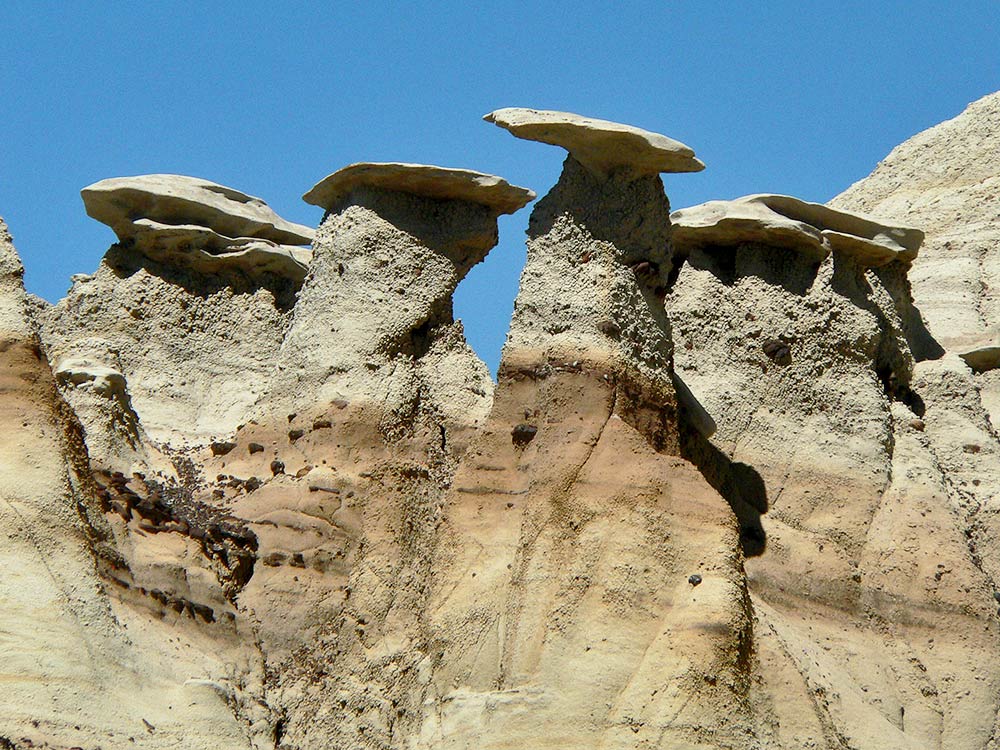
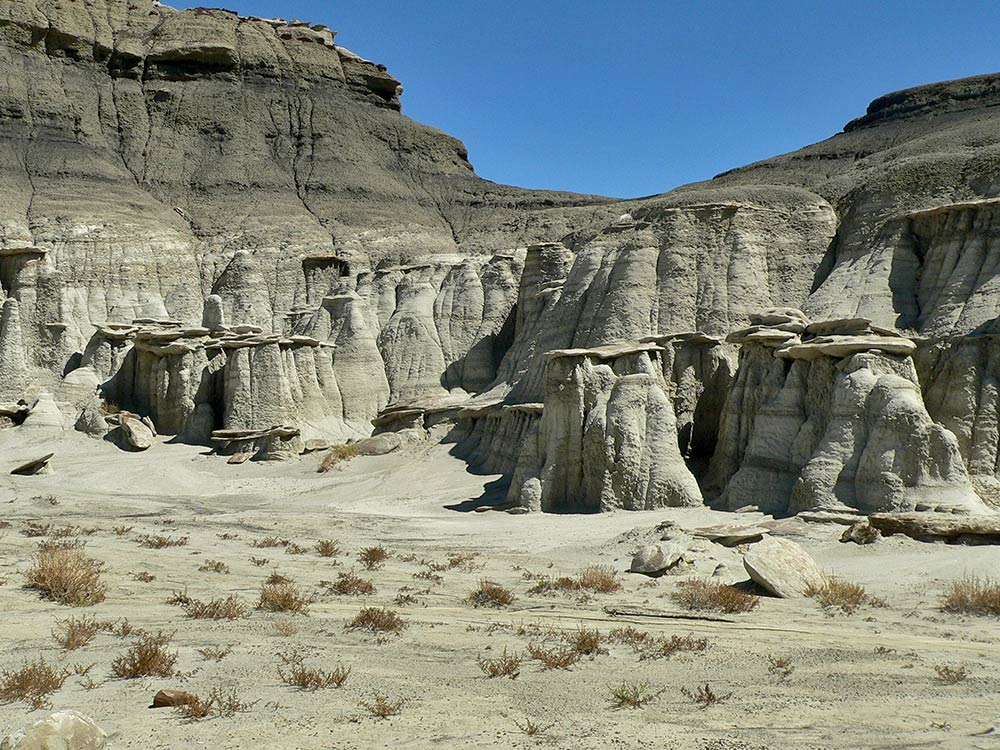

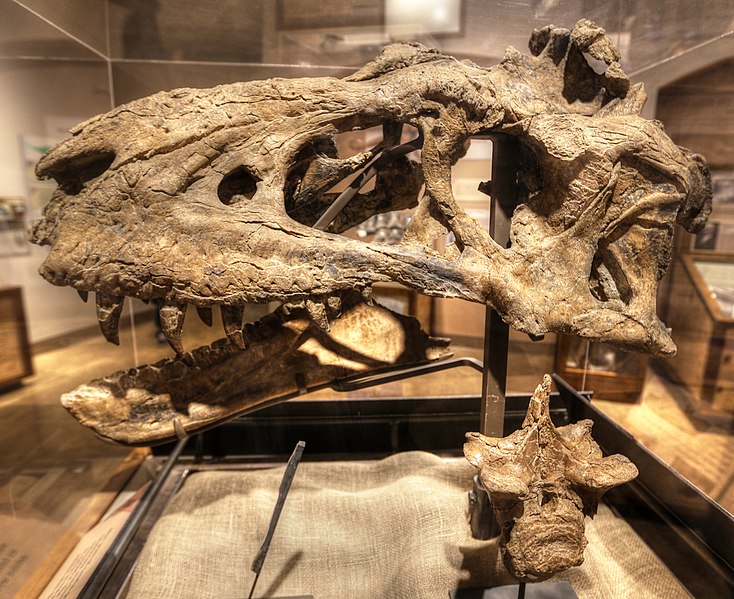



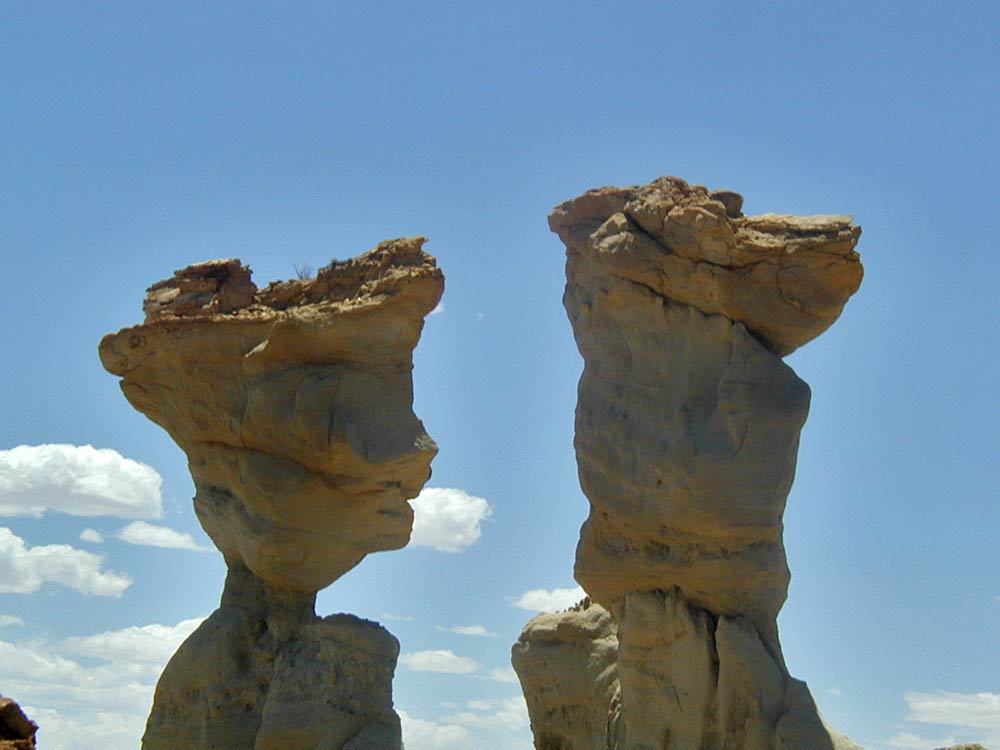
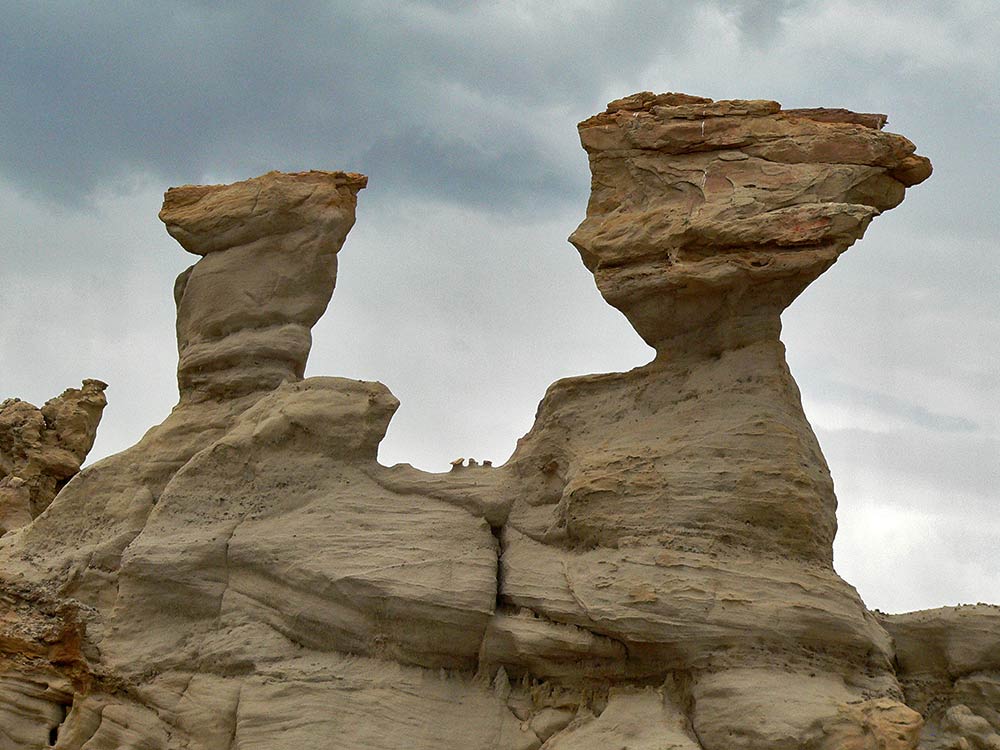
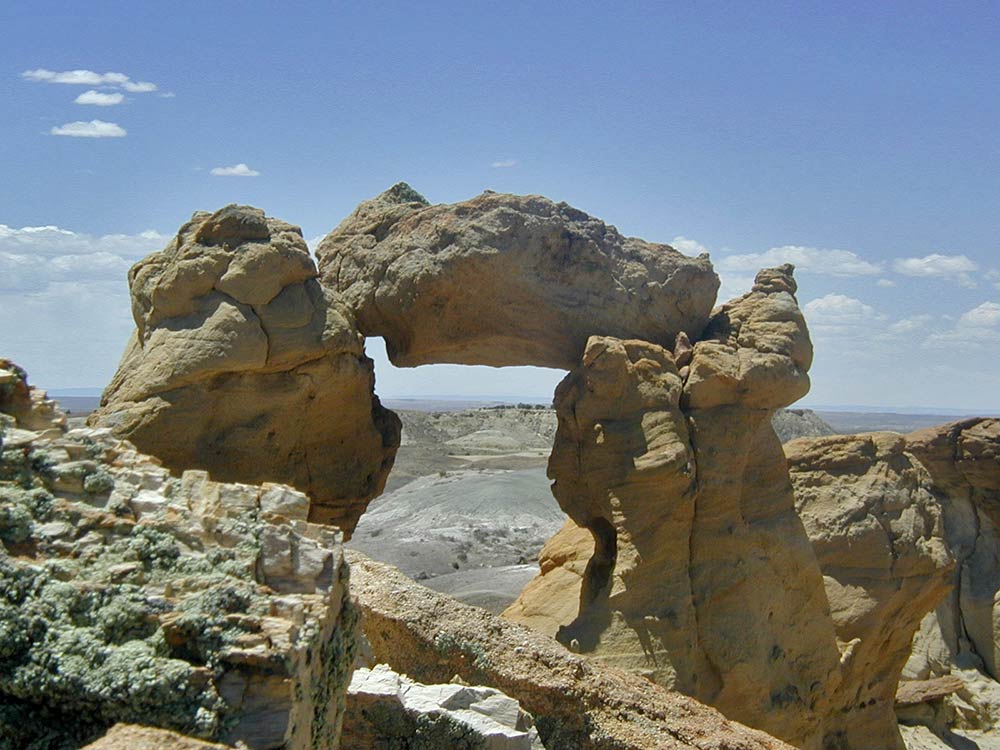
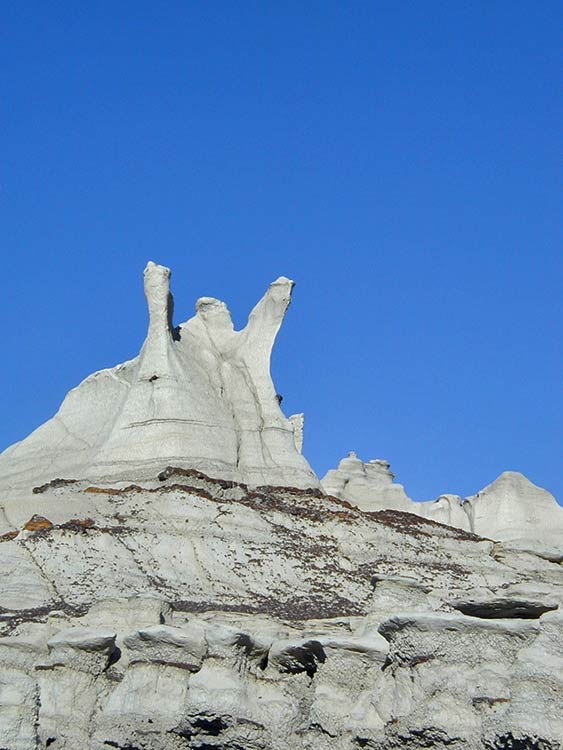

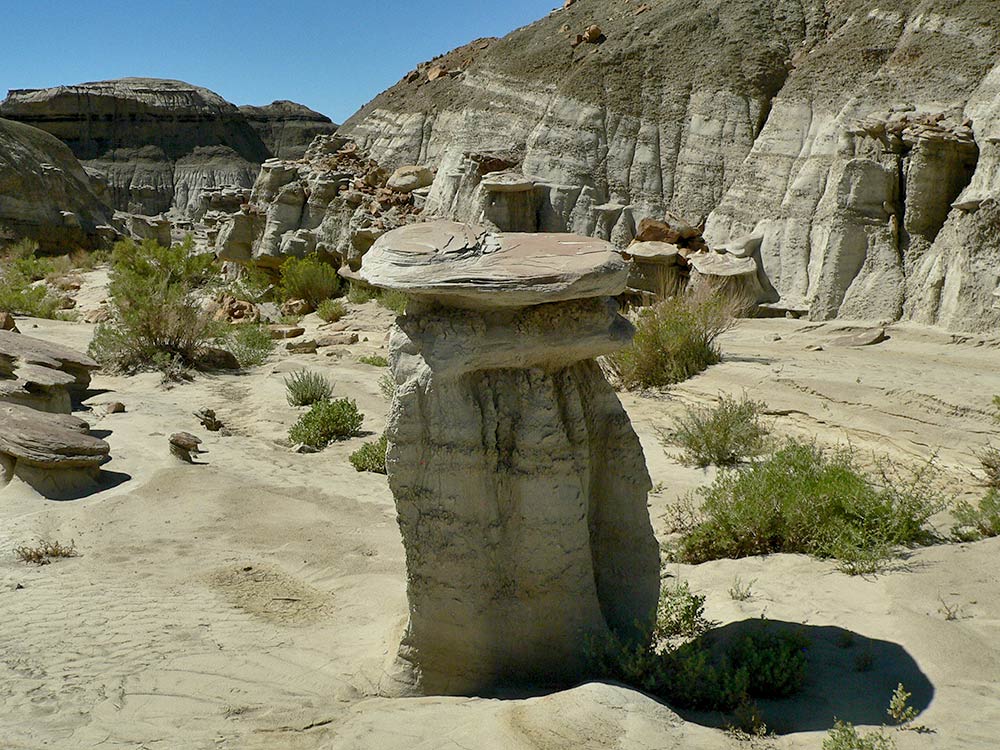
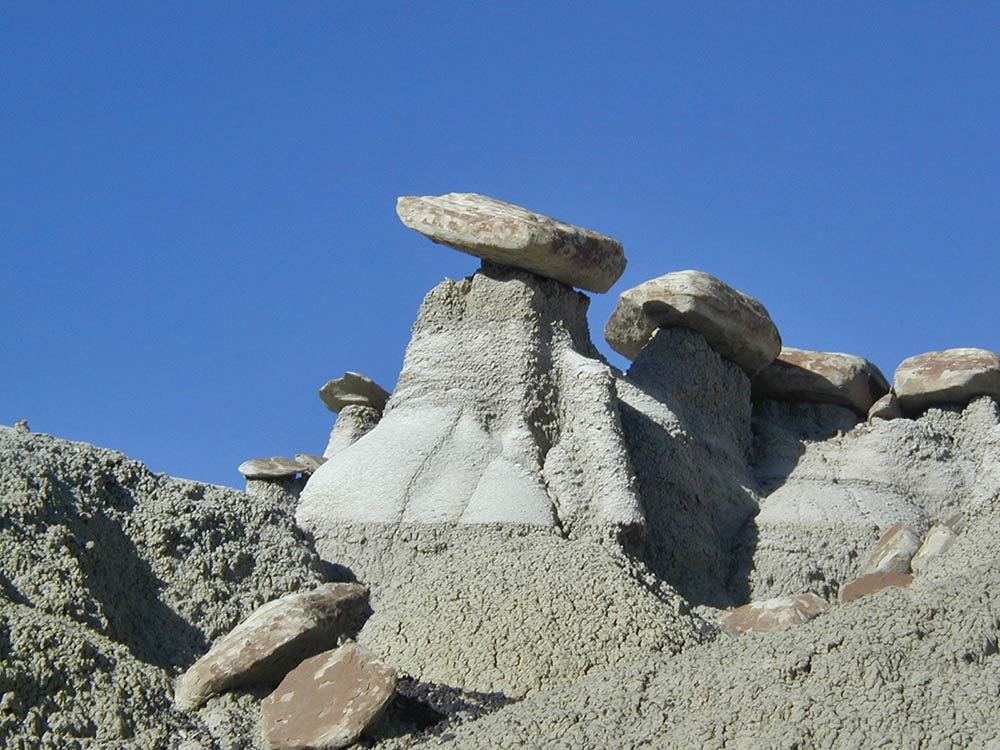


 RSS Feed
RSS Feed